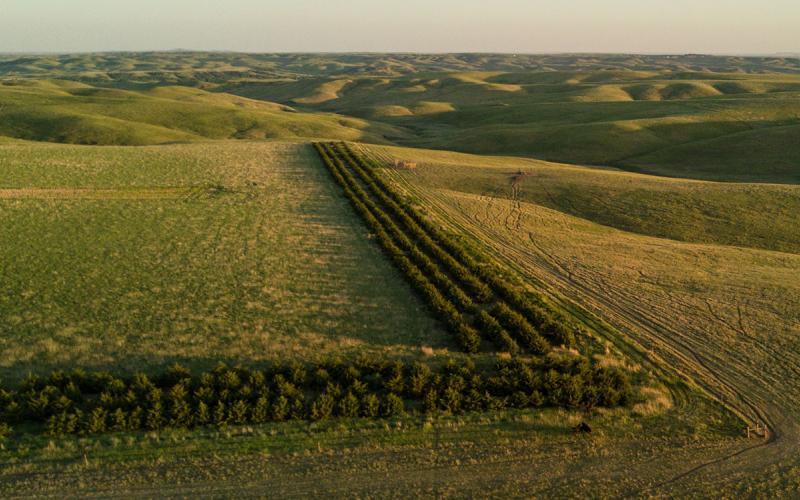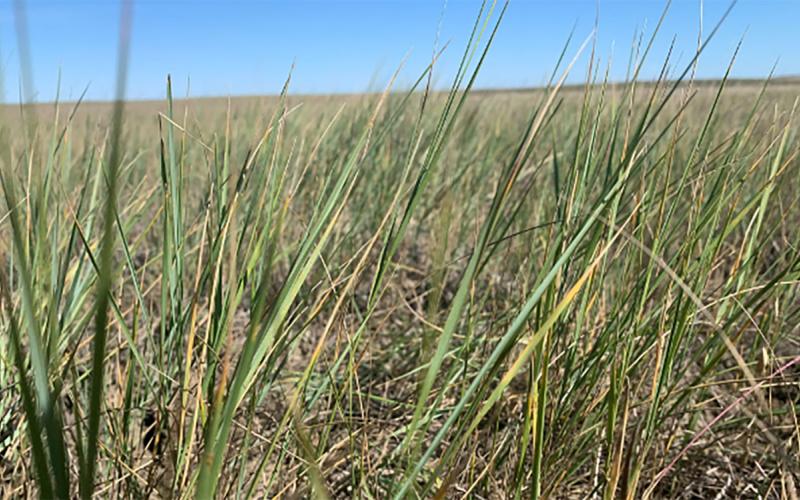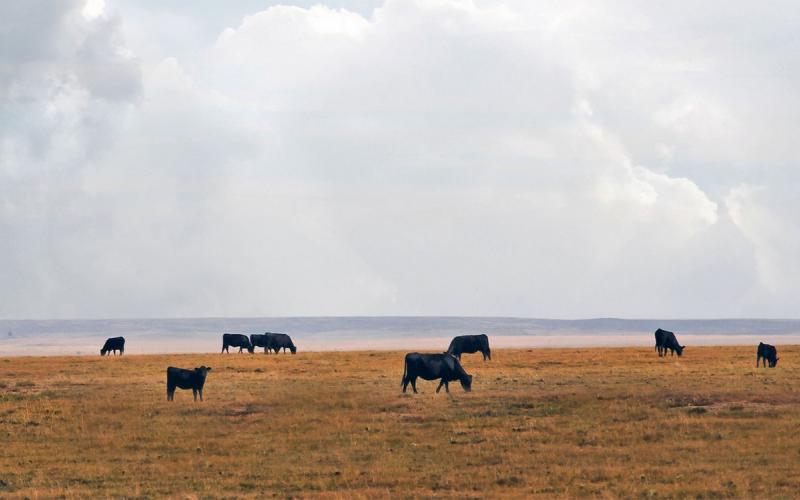605-394-2236
SDSU West River Research & Extension
711 N Creek Dr
Rapid City, SD 57703
Range management; competition for forage on prairie dog towns; grazing management
SDSU West River Research & Extension
711 N Creek Dr
Rapid City, SD 57703
Range management; competition for forage on prairie dog towns; grazing management

February 12, 2024
Two South Dakota State University Extension experts have received awards from the Society for Range Management for their contributions to range science education and outreach.

Every year at green-up, grass managers must make decisions about when and where to begin grazing. Several options are available depending on pasture resources, stored feed resources and the ability to be flexible.

Patch-burn grazing and winter patch grazing are heterogenous rangeland management practices that aim to increase the variety of grass composition to benefit wildlife and maintain livestock production. To learn about producers’ desire to adopt these practices, we conducted an online survey between November 2019 and January 2020.